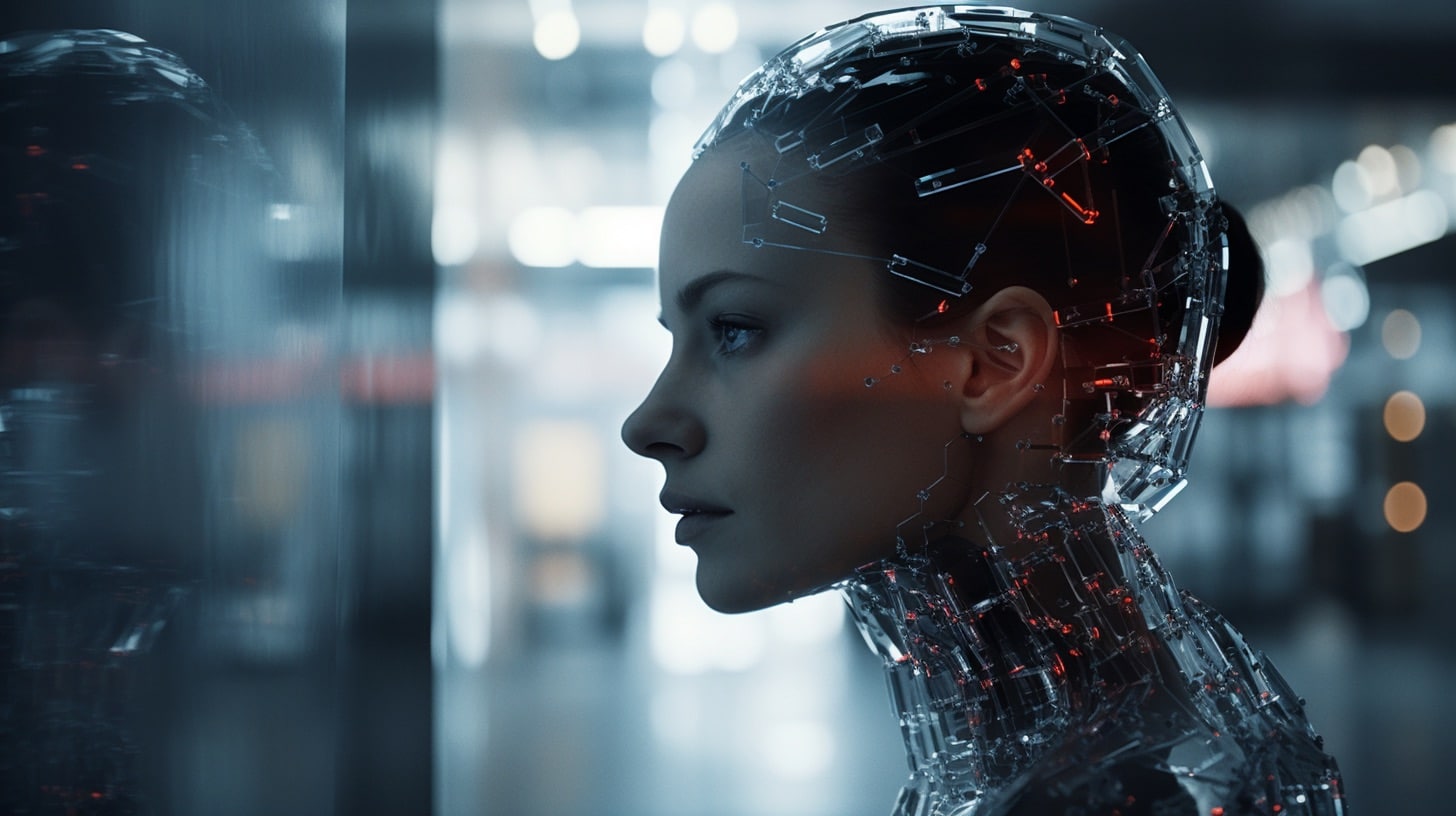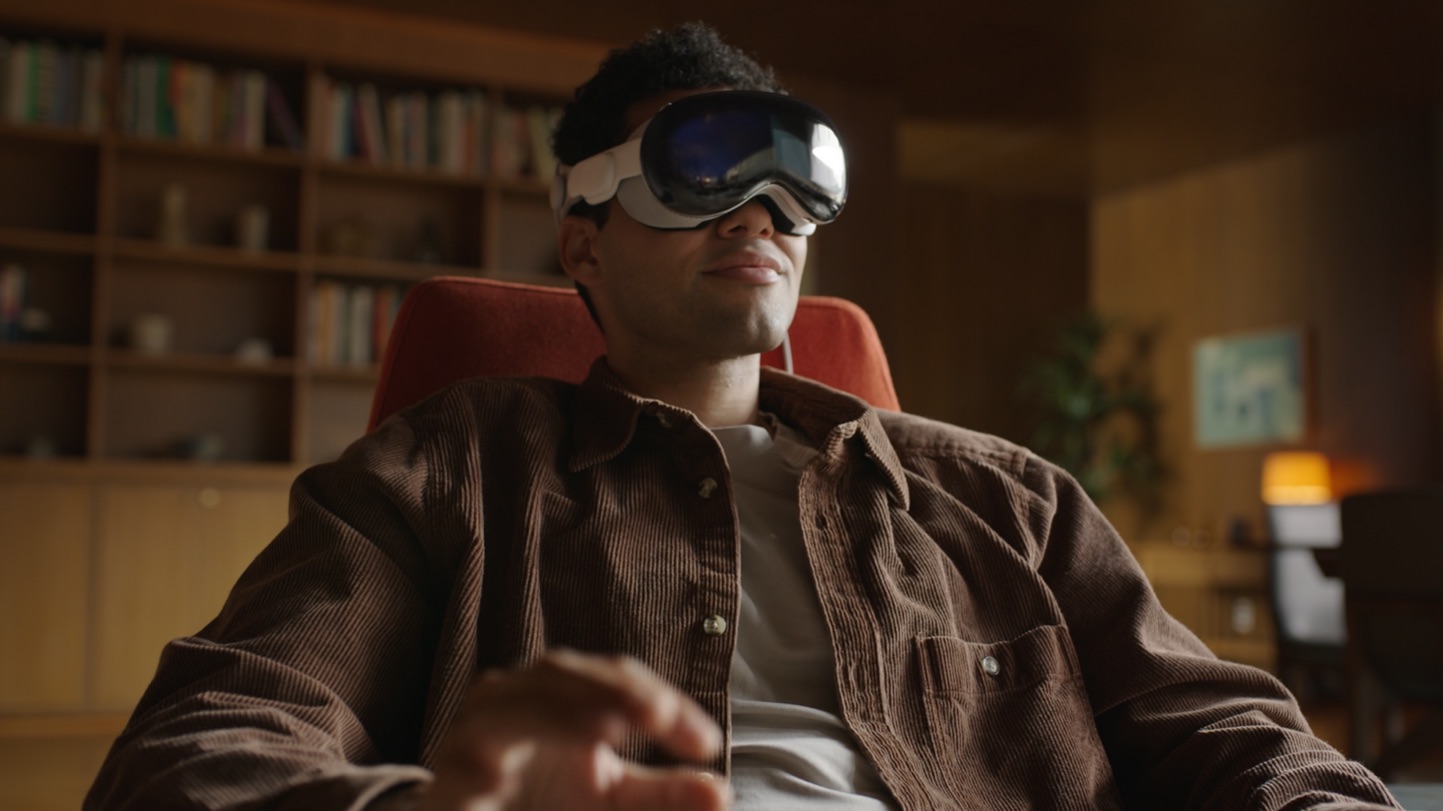In the rapidly evolving landscape of digital entertainment, technological advancements have ushered in a new era of immersive and personalized experiences. The convergence of Artificial Intelligence (AI), Augmented Reality (AR) / Virtual Reality (VR), Internet of Things (IoT), Big Data, and Computer Vision is reshaping the way we consume and interact with digital content. This article explores the synergistic applications of these cutting-edge technologies in the realm of digital entertainment.
Artificial Intelligence (AI)
AI has become the backbone of many digital entertainment platforms, enhancing user experiences and content creation. Machine learning algorithms analyze user preferences and behavior, enabling platforms to recommend personalized content. AI-driven chatbots and virtual assistants enhance user engagement, providing a more interactive and responsive experience. Additionally, AI software consulting services contribute to the global landscape, playing a pivotal role in the development of advanced digital experiences. These services utilize artificial intelligence to optimize processes and enhance overall performance. From implementing realistic graphics to refining animations, AI is instrumental in elevating the quality and innovation of digital entertainment platforms.

Augmented Reality (AR) | Virtual Reality (VR)
AR and VR technologies have revolutionized digital entertainment by providing immersive and interactive experiences. VR headsets transport users to virtual worlds, whether for gaming, storytelling, or virtual tourism. AR overlays digital elements onto the real world, creating engaging experiences for users. In digital entertainment, these technologies are used to create lifelike simulations, interactive storytelling, and innovative gaming experiences that blur the lines between reality and the digital realm.
Internet of Things (IoT)
The IoT has introduced a new dimension to digital entertainment by connecting devices and enabling seamless communication. Smart homes equipped with IoT devices can enhance the viewing experience by adjusting lighting, temperature, and other environmental factors to complement the content being consumed. Wearable devices and sensors contribute to interactive experiences, allowing users to engage with content in unique ways, such as gesture-based controls or physiological feedback.
Big Data
The sheer volume of data generated by digital entertainment platforms is harnessed through Big Data analytics to gain valuable insights. Content providers use this data to understand user preferences, optimize content delivery, and tailor recommendations. Big Data analytics also powers dynamic pricing models, content curation, and targeted advertising, ensuring that users receive content that aligns with their preferences and behaviors.
Computer Vision
Computer Vision enables machines to interpret and make decisions based on visual data, opening up a plethora of possibilities in digital entertainment. Facial recognition technology enhances user authentication and personalization. In gaming, computer vision enables gesture recognition and real-time interaction with virtual environments. Additionally, computer vision contributes to the creation of realistic graphics and special effects, enhancing the visual appeal of digital content.

Positive Influences of Advanced Technologies on Digital Entertainment
1. Enhanced User Engagement
AI Personalization: AI algorithms analyze user preferences, viewing habits, and interactions to deliver personalized content recommendations. This enhances user engagement by ensuring that individuals are exposed to content tailored to their interests, leading to longer and more satisfying entertainment experiences.
2. Immersive Experiences
AR/VR Immersion: Augmented and virtual reality technologies transport users to entirely new realms, creating immersive experiences in gaming, storytelling, and virtual exploration. This heightened level of immersion offers a more captivating and emotionally resonant engagement with digital content.
3. Interactivity and Realism
IoT Interaction: Internet of Things devices and sensors enable a more interactive and responsive environment. In gaming, for example, physical movements and gestures can be seamlessly integrated, providing a more realistic and engaging experience. This interactivity adds a layer of connection between the user and the digital world.
4. Personalized Content Creation
AI-driven Content Generation: AI is not only used for content recommendations but also contributes to the creation of original content. From generating realistic graphics to assisting in scriptwriting, AI plays a pivotal role in the creative process, resulting in content that resonates more deeply with diverse audiences.
5. Data-Driven Optimization
Big Data Insights: Big Data analytics harness vast amounts of user data to optimize content delivery, pricing models, and advertising strategies. This data-driven approach ensures that digital entertainment platforms can continually refine their offerings, providing users with content that aligns with evolving preferences and trends.
6. Visual Appeal and Realism
Computer Vision Graphics: Computer Vision enhances the visual aspects of digital entertainment. Facial recognition, gesture controls, and realistic graphics contribute to a visually appealing and immersive experience. This realism heightens the overall quality of digital content, making it more engaging and enjoyable for users.

7. Innovation in Storytelling
AR/VR Storytelling: AR and VR technologies open new avenues for storytelling, allowing creators to craft narratives that extend beyond traditional mediums. Users can actively participate in the narrative, influencing the storyline through their interactions. This innovation in storytelling fosters a deeper connection between the audience and the content.
8. Accessibility and Inclusivity
AI-driven Accessibility Features: AI contributes to making digital entertainment more accessible to a broader audience. For instance, AI-driven subtitles and language translation features make content inclusive for users with diverse linguistic backgrounds. This ensures that entertainment is a universal experience, irrespective of language or ability.

The integration of innovative technologies is reshaping the landscape of digital entertainment, offering users unprecedented levels of immersion, personalization, and interactivity. As these technologies continue to advance, the boundaries between the digital and physical worlds will blur even further, ushering in a new era of entertainment that is not only captivating but also deeply tailored to individual preferences.
The future of digital entertainment is an exciting frontier where technology converges to create experiences that are limited only by the bounds of imagination.













